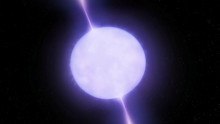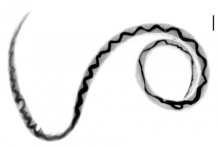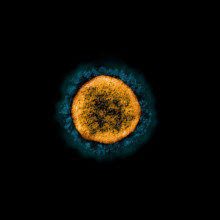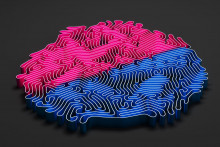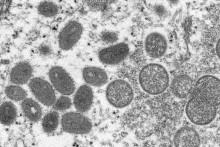Mystery object waits nearly an hour between radio bursts
Roughly a year ago, astronomers announced that they had observed an object that shouldn't exist. Like a pulsar, it emitted regularly timed bursts of radio emissions. But unlike a pulsar, those bursts were separated by over 20 minutes. If the 22-minute gap between bursts represents the rotation period of the object, then it is rotating too slowly to produce radio emissions by any known mechanism.














































